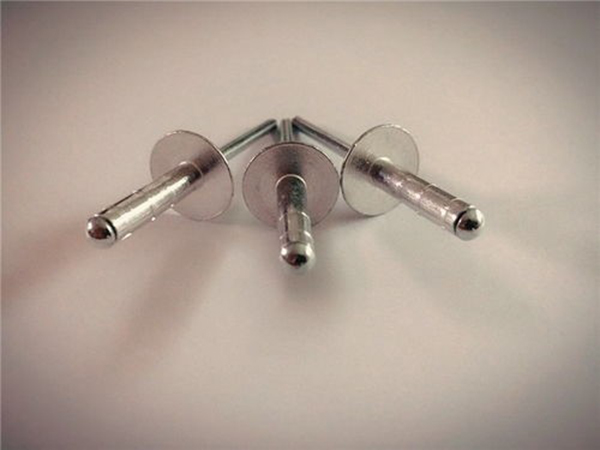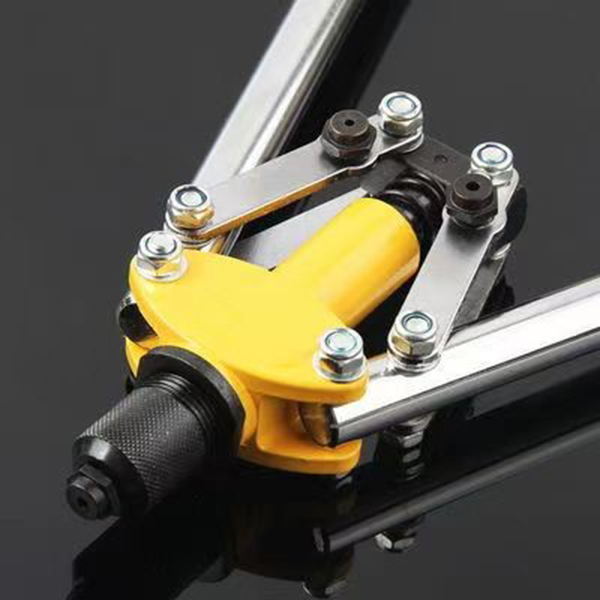Riveting should be firm and complete, which is necessary. In fact, it is best not to encounter the following situations when applying rivets:
2: When riveting, the rivet rod is bent, causing it to be unable to be riveted.
3: The rivet material is too hard for the rotary riveter to move.
4: The material of the rivet is too soft, and the flange and rivet edge are deformed, which is not attractive.
The safety technology of riveting mainly includes the following aspects:
1. Before riveting, the punch and top handle should be checked to ensure that there are no cracks or burrs.
2. When installing the punch on the rivet gun, it should be securely fastened; After the punch is installed, the rivet gun should not be aimed at people to avoid accidentally hitting the trigger and causing accidents. After riveting is completed, the punch should be immediately removed.
3. When riveting, both the main gunner and the top nailer should wear ear protectors or earplugs to reduce noise stimulation to the ears.
4. Personnel working under the overpass of the high-rise building and work ladder should wear protective helmets when necessary to prevent high-rise objects from falling and injuring people; When hammering punches and punches with a hammer, it is necessary to prevent fingers from being hurt. The burrs of punches and punches should be grinded off on the Bench grinder in time to avoid personal injury caused by the burrs collapsing when hammering.
Post time: Aug-10-2023



